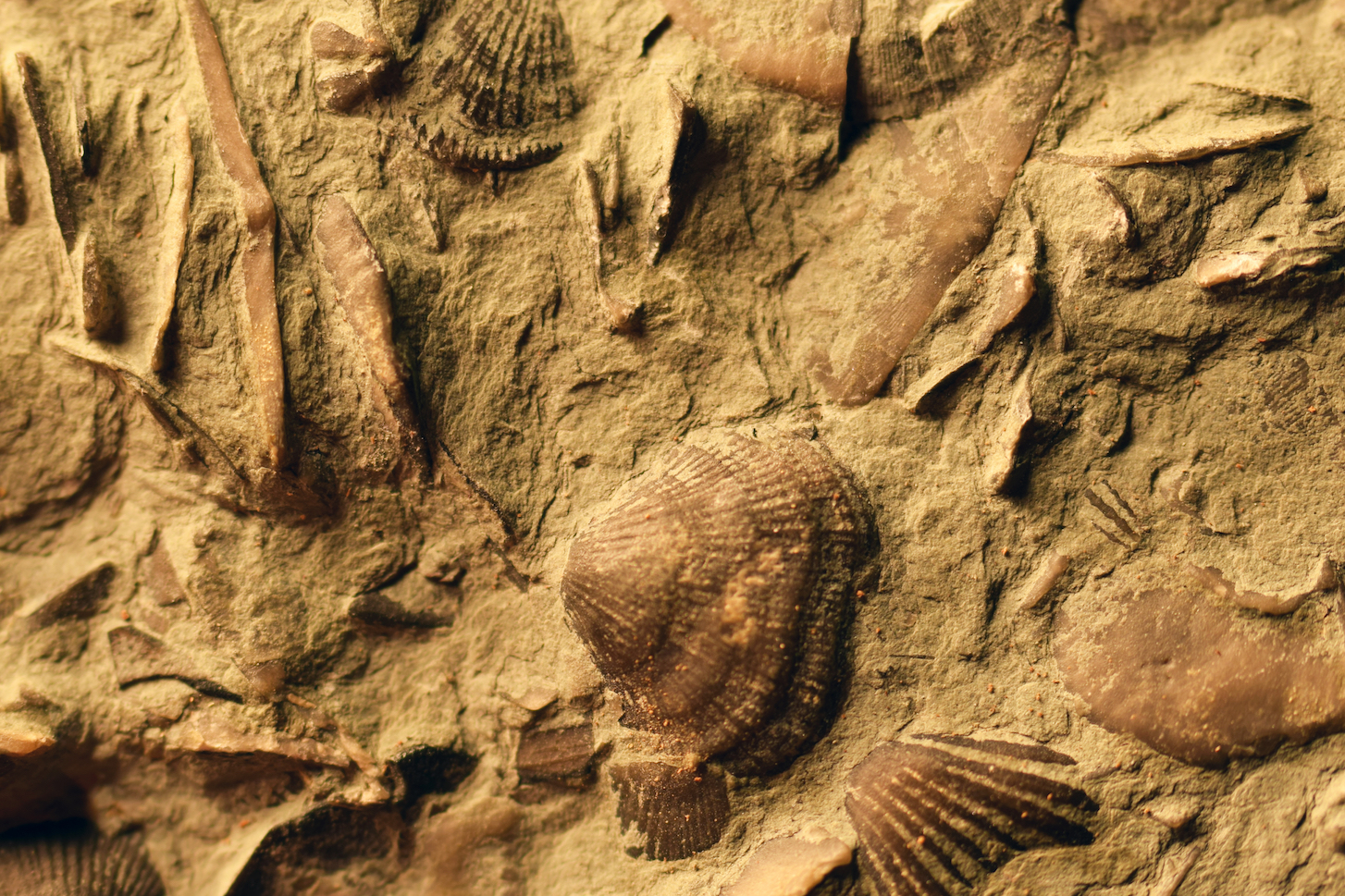
The science and art of recovering and preparing fossils
I have worked in fossil casting, preparation and restoration for about 7 years, the bulk being in fossil casting but the majority lately being in fossil preparation.
When most people hear what I do, they seem to think that preparing fossils would be a romantic, adventurous job. The reality is that it’s tedious work, and if you don’t find excitement in the smallest of new discoveries, there’s little excitement to be had.
Lately I’ve been working at cleaning the hard sediment covering a shark skeleton from the Cretaceous. This sounds exciting and it is. I was the first human being to see the fin, the teeth, perhaps an empty eye socket (can’t say for sure) of a strange animal that died over a hundred million years ago.
Being the first to see a fossil, to see the delicate bones and skin impressions takes a lot of work. Many of the people working in fossil preparation that I’ve met have degrees, even advanced degrees in art. Art relates well to the detail oriented work of fossils and sometimes applies directly when it comes to matching paint or sculpting on a piece of restoration. A few other people in fossil preparation have degrees in geology, many have no degree. I’m one of the few people with a formal education in biology.
Whatever your background, the work of fossil preparation is tedious and sometimes thankless. To clean the final pieces of sediment matrix from my shark, I’ve spent a week or two hunched over, blasting it with dolomite powder. I stand over a table with the shark and press a foot pedal that controls the dolomite shooting from a stylus in my hand. The process is basically precision sand blasting. I wear a dust mask, I have a fan blowing over the fossil to carry the dust away. I use a suction tube that filters out the dust. At the end of the day my face is grimy with dolomite, my arms and hands are powdered white. I may have cleaned off as little as one or two square feet of fossil depending on how delicate the piece is where I’m working.
Before using the dolomite I cut close to the fossil with an air scribe, roughing out the stone around the fossil but not quite revealing it. An air scribe is like the world’s smallest jackhammer; after hours of using it, your hand goes numb and you have to shake blood and feeling back into it.
After the process of cleaning the fossil, I will still have the shark fossil laid out in several pieces, like broken plates of stone. I’ll have to glue the fossil back together, fill in any gaps with putty and paint the putty to disguise it. Every step must be carried out precisely for the best end result; each piece of the work is painstaking and exacting. The putty must be textured; the paint must be matched by eye sight and mixing.
At the end of all this labor, most museums don’t recognize fossil preparation companies much less individuals in their exhibit displays. But you can smile quietly, knowing that a dinosaur skeleton or a fish fossil required your hard work.
—
By Zach Fitzner, Earth.com Staff Writer












